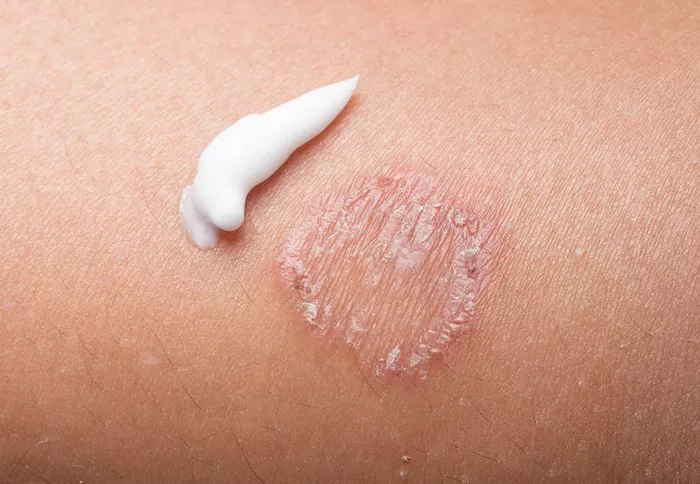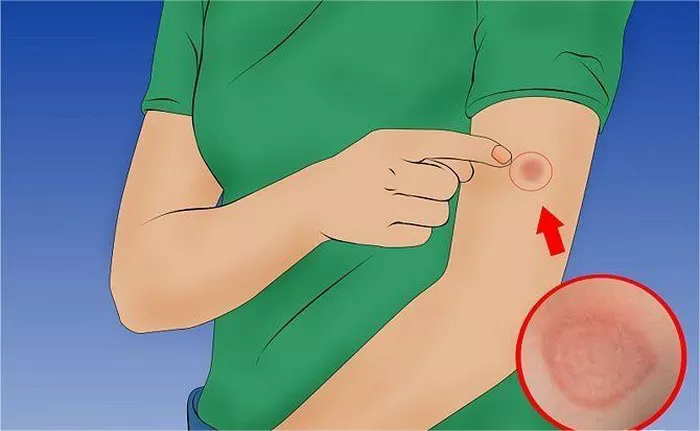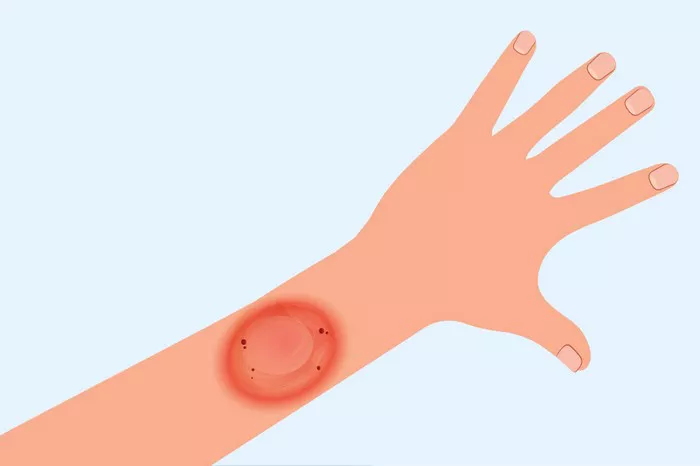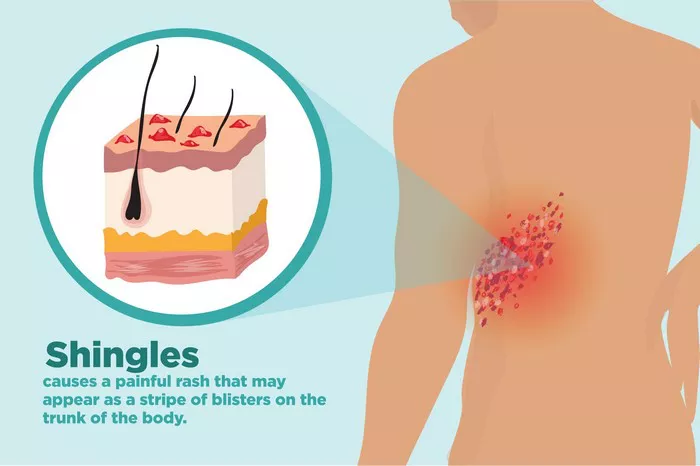Tinea pedis, commonly known as athlete’s foot, is a fungal infection that affects the skin on the feet. It can cause itching, redness, and peeling. Finding the right cream to treat tinea pedis is essential for effective relief and recovery. This article will explore the best creams available, how they work, and additional tips for managing and preventing this condition.
Understanding Tinea Pedis
What is Tinea Pedis?
Tinea pedis is caused by a group of fungi called dermatophytes. These fungi thrive in warm, moist environments, making the feet a prime target. The infection often begins between the toes and can spread to the soles of the feet and toenails.
Symptoms of Tinea Pedis
Common symptoms include:
Itching: Often severe, especially between the toes.
Redness: The affected areas may appear red and inflamed.
Peeling: Skin may flake or peel away.
Cracking: Fissures can develop, leading to pain and discomfort.
Odor: A foul smell may arise from the infected areas.
Causes and Risk Factors
Several factors can increase the risk of developing tinea pedis:
Warm, Humid Environments: Gyms, pools, and locker rooms are common hotspots.
Tight Shoes: Poorly ventilated footwear can trap moisture.
Sweaty Feet: Excessive sweating provides a perfect breeding ground for fungi.
Weak Immune System: A compromised immune system may not effectively combat infections.
Choosing the Right Cream
When selecting a cream for tinea pedis, look for antifungal ingredients. The effectiveness of the cream can vary based on its active components. Below are some of the best antifungal creams available.
1. Clotrimazole Cream
Active Ingredient: Clotrimazole
How It Works: Clotrimazole disrupts the fungal cell membrane, preventing the fungi from growing and spreading.
Usage: Apply the cream twice daily to the affected area for at least four weeks. Continue using it even if symptoms improve, to prevent recurrence.
Pros:
- Widely available over the counter.
- Generally well-tolerated with minimal side effects.
Cons:
- May take time to show results.
2. Terbinafine Cream
Active Ingredient: Terbinafine
How It Works: Terbinafine inhibits the synthesis of ergosterol, an essential component of fungal cell membranes.
Usage: Apply once daily for one week or as directed by a healthcare provider.
Pros:
- Quick action; often provides relief within days.
- Less frequent application compared to other creams.
Cons:
- May not be suitable for everyone, especially those with sensitive skin.
3. Miconazole Cream
Active Ingredient: Miconazole
How It Works: Miconazole interferes with the production of fungal cell membranes.
Usage: Apply twice daily for at least four weeks.
Pros:
- Effective against a broad range of fungi.
- Can also be used for other fungal infections.
Cons:
- Potential for skin irritation in sensitive individuals.
4. Ketoconazole Cream
Active Ingredient: Ketoconazole
How It Works: Ketoconazole works by disrupting the fungal cell membrane, leading to cell death.
Usage: Typically applied once or twice daily for several weeks.
Pros:
- Highly effective for stubborn infections.
- Available by prescription and over the counter.
Cons:
- May cause irritation; patch test is recommended.
How to Apply Antifungal Creams
Preparation
Wash Your Feet: Clean the affected area with mild soap and water. Dry thoroughly, especially between the toes.
Apply Cream: Use a clean fingertip or applicator to spread a thin layer of cream over the affected area.
Technique
Massage Gently: Rub the cream into the skin, ensuring full coverage.
Don’t Overapply: More cream doesn’t equal faster results. A thin layer is sufficient.
Aftercare
Wash Hands: Always wash your hands after applying the cream to avoid spreading the fungus.
Avoid Tight Shoes: Wear breathable footwear to keep your feet dry and ventilated.
Additional Treatments
While antifungal creams are effective, additional treatments can enhance recovery.
Oral Antifungal Medications
For severe cases or infections that don’t respond to topical treatments, a doctor may prescribe oral antifungal medications, such as fluconazole or itraconazole.
Antifungal Powders
Using antifungal powders after applying cream can help absorb moisture and prevent further fungal growth. Look for products containing miconazole or clotrimazole.
Home Remedies
Some home remedies may complement treatment:
Tea Tree Oil: Known for its antifungal properties, tea tree oil can be applied diluted with a carrier oil.
Vinegar Soaks: A mixture of water and vinegar may help alleviate symptoms. Soak your feet for 15–20 minutes.
Preventing Tinea Pedis
Keep Feet Dry
Moisture creates an ideal environment for fungi. Ensure your feet are dry, especially between the toes. Use talcum powder if necessary.
Wear Breathable Footwear
Choose shoes made from breathable materials. Avoid tight shoes that trap moisture.
Change Socks Regularly
Opt for moisture-wicking socks and change them frequently, especially after exercising.
Avoid Sharing Personal Items
Do not share towels, shoes, or socks to reduce the risk of transmission.
Use Antifungal Powder
Sprinkling antifungal powder in your shoes can help keep them dry and reduce the risk of infection.
When to See a Doctor
If symptoms persist despite using over-the-counter treatments, consult a healthcare professional. Signs to watch for include:
Severe Pain or Swelling: If your foot becomes extremely painful or swollen.
Worsening Symptoms: If the rash spreads or does not improve after a few weeks of treatment.
Fever: A fever may indicate a secondary infection.
Conclusion
Choosing the best cream for tinea pedis involves understanding the condition and selecting an effective antifungal treatment. Options like clotrimazole, terbinafine, miconazole, and ketoconazole each offer unique benefits. Consistent application, along with preventive measures, can lead to successful treatment and reduced recurrence.
Remember to consult with a healthcare provider if symptoms worsen or do not improve. With the right approach, you can effectively manage and overcome tinea pedis. Keep your feet healthy, and enjoy life without the discomfort of athlete’s foot.
Related topics:


























